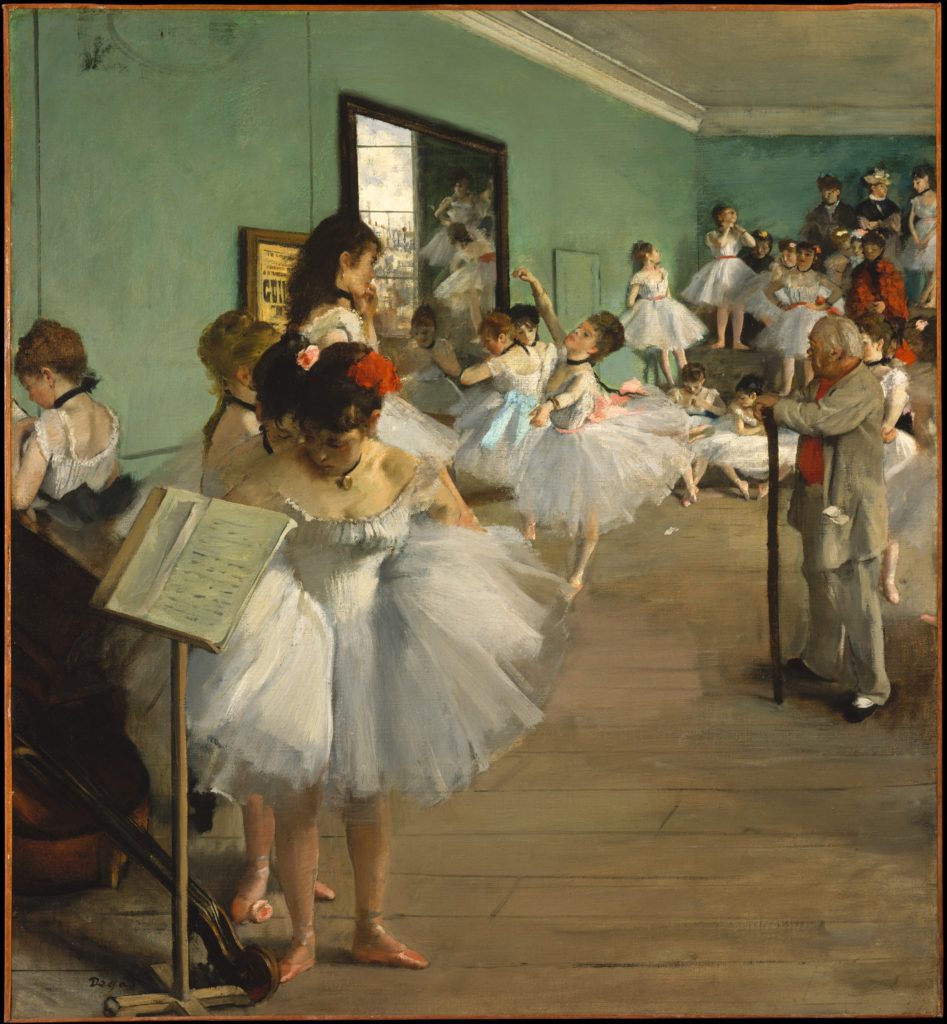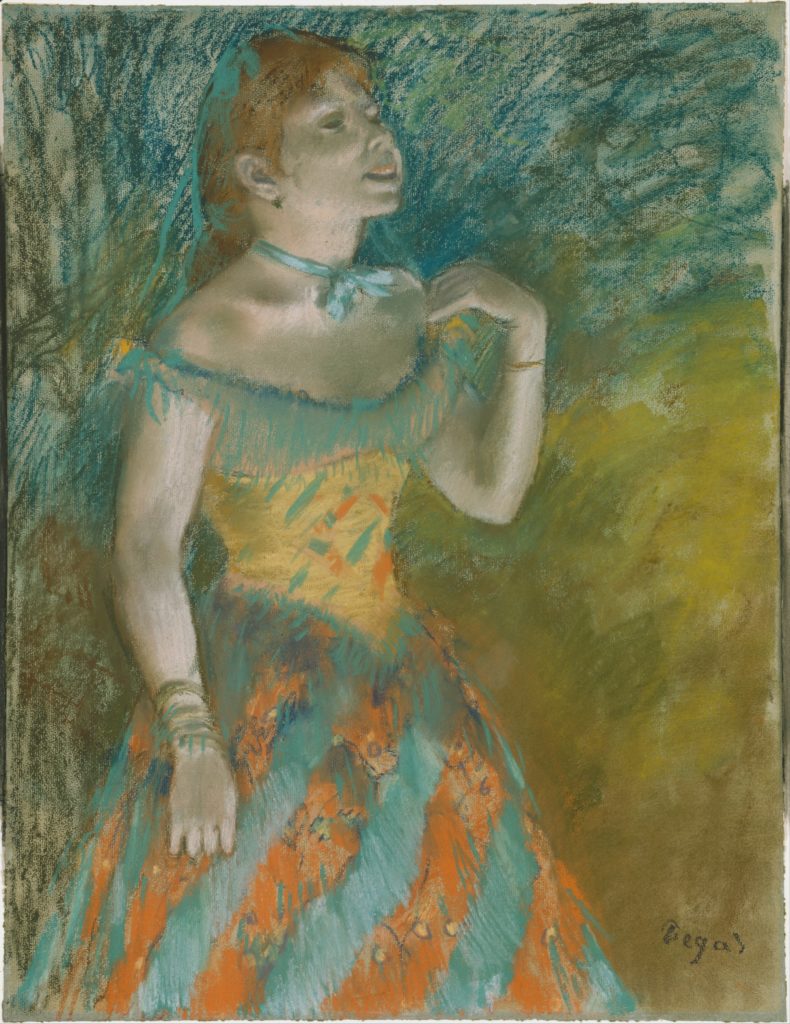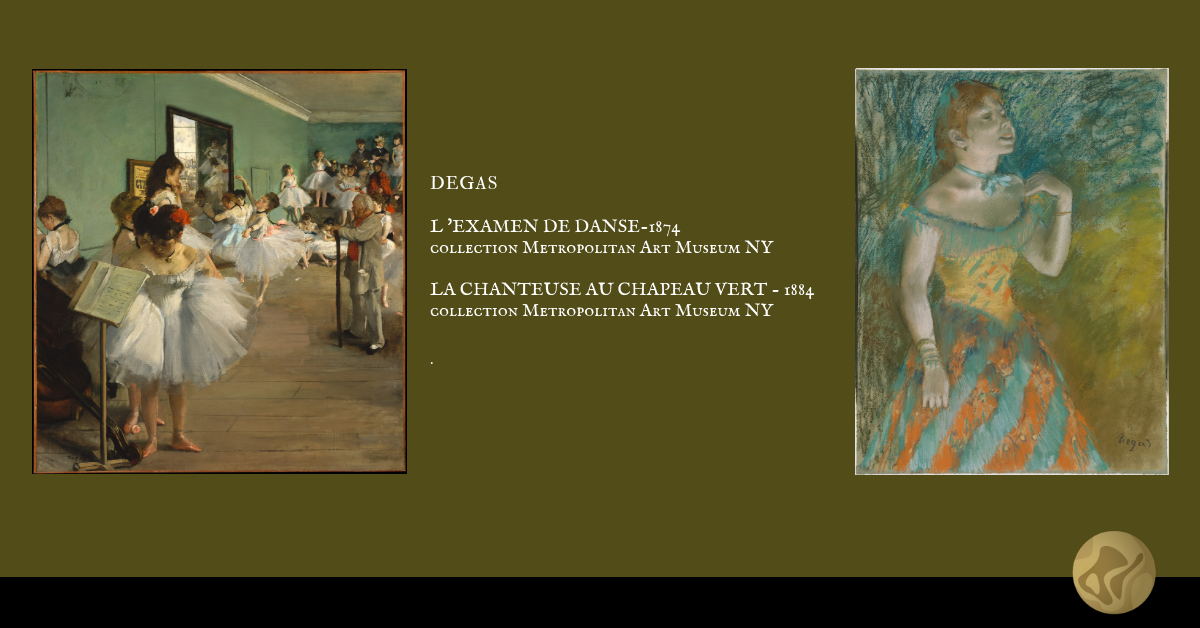.
Press Conference at Artcurial Paris
The digital critical catalogue by Michel Schulman
.
The digital critical catalogue of Edgar Degas became necessary for reasons of both substance and form. While the catalogue by Paul-André Lemoisne, published in 1946, has undeniably impacted research into Degas’s work, a large gap has formed between what was known then and now. Numerous events related to his work have taken place since then: exhibitions, publications and lectures. It was therefore necessary to create a new catalogue with a contemporary outlook and using contemporary methods.
Michel Schulman, the author of this critical catalogue, has chosen digital publication in view of the enormous advantages of digital technology (speed of distribution, accessibility, etc.) while recognizing the continued prestige of a paper publication. Beyond the economic and practical advantages of the digital version, it allows for infinite possibilities for correcting and updating whenever necessary. Those are essential marks of the vitality, pertinence and longevity of a critical catalogue.
The present critical catalogue website provides answers to numerous questions regarding Degas’s themes, mediums, most frequently used techniques and periods of activity, among others aspects of the artist’s work.
The fruit of more than 10 years of work, the site www.degas-catalogue.com uses today’s technology to present an essential tool for the research and understanding of Degas while filling in elements not available in the catalogue of 1946 (1466 works) and Theodore Reff’s supplement of 1984 (163 works).
The “world” of Degas has changed through numerous exhibitions, auction sales and museum acquisitions. It’s been 70 years since the publication of the first catalogue! It was therefore necessary to present and reconsider Degas’s work in its current reality.
Free, accessible to all and updated daily, Michel Schulman’s digital catalogue already brings together about 1900 works.
For the first time, the list of 3000 exhibitions from 1965 to date in which one or more works by Degas have appeared is made available online, along with 2000 bibliographical references that accompany his work. Such precise gathering of information, including location, dates and titles, has never before been presented, making this digital catalogue a major milestone in our knowledge and understanding of the work of Degas and of its history.
In presenting the files of each work, Michel Schulman nevertheless leaves the door open for alternative suggestions and propositions regarding dates, which gives true meaning to the critical nature of the catalogue.
The file for each work is accompanied by the work’s history, the exhibitions in which it has appeared, its bibliography and a photo of the work. If the work is in a public collection, a link is provided to the museum to which it belongs.
This digital critical catalogue allows us to uniquely deepen our knowledge of Degas. It provides a new look onto his life and work.
The Degas digital critical catalogue is the first to study and present in this way his paintings, pastels and charcoals as well has his pastels on monotype, enabling access by theme, technique, medium, date, dimensions, stamp and/or signature.
In the absence of precise details given by Degas himself or in the absence of information that the posthumous sales catalogues might have provided at the time, Michel Schulman has chosen to use the initial work of Lemoisne as reference for dating.
One need only compare the figures noted in previous catalogues to understand the necessity to build a new Degas catalogue. For example, adding together the number of works catalogued by Lemoisne in 1946 and those indicated in Theodore Reff’s supplement of 1984 amounts to nearly 1600 referenced works, including about 500 paintings and 1100 pastels.
Michel Schulman’s ten years of work and research worldwide has now allowed him to catalogue more than 670 paintings and 1230 pastels. Among them, about 800 belong to public collection—five times the number indicated as such in 1946.
Much other information is provided in Michel Schulman’s digital critical catalogue, and multiple cross-referencing allows for a more thorough understanding of Degas’s work than previously available.
Searching digitally through the catalogue allows for a more precise study of the artist’s work than ever before.
The themes of his work are clearly an essential question. Dancers (700 works, i.e. 36%) head the list of subjects, followed by portraits (450 / 24%), bathers (350 / 18%), equestrian scenes (120 / 6%) and landscapes (140 / 7%). The number of portraits is worth noting—though greater in number than equestrian scenes and landscapes, his portrait work remains overlooked.
Many other aspects of Degas’s work arise through cross-referencing and the figures that are now available to us thanks to the work of Michel Schulman.
This cataloguing work, which has never before been undertaken and which marks a major step in our understanding of Degas’s body of work and of his history, will undoubtedly become a reference for the artist.
The Degas digital critical catalogue will therefore contribute to the advancement of our knowledge of an artist who profoundly marked the history of French painting.

collection Metropolitan Art Museum NY

collection Metropolitan Art Museum NY

